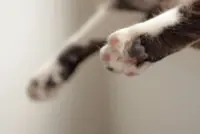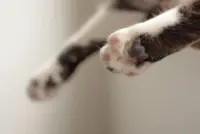If you do not want to castrate a breeding male dog for health reasons, the implant method may be suitable as a trial castration. — dpa
People out walking an unneutered dog may become alarmed on hearing: “My dog is in heat,” from another owner and expect trouble.
Most people would probably be inclined to put a leash on the dog and flee the scene, even if the dog goes mad anyway. If you want to avoid neutering, you can now have a hormone implanted in your dog.





